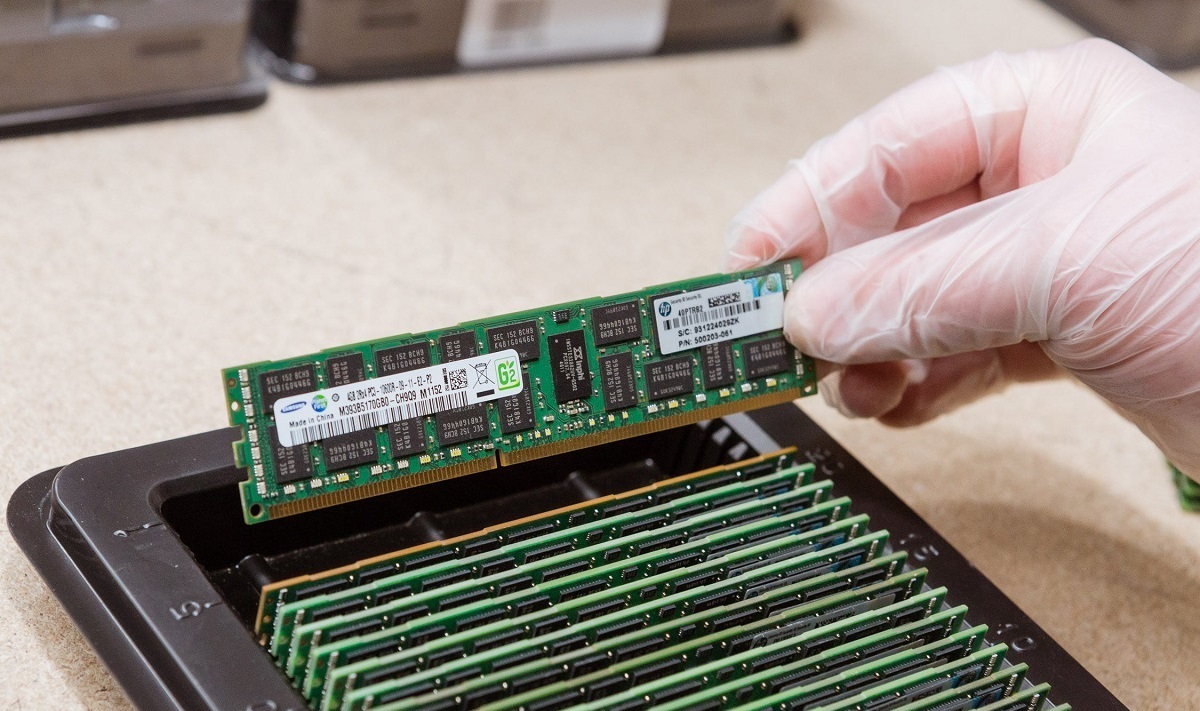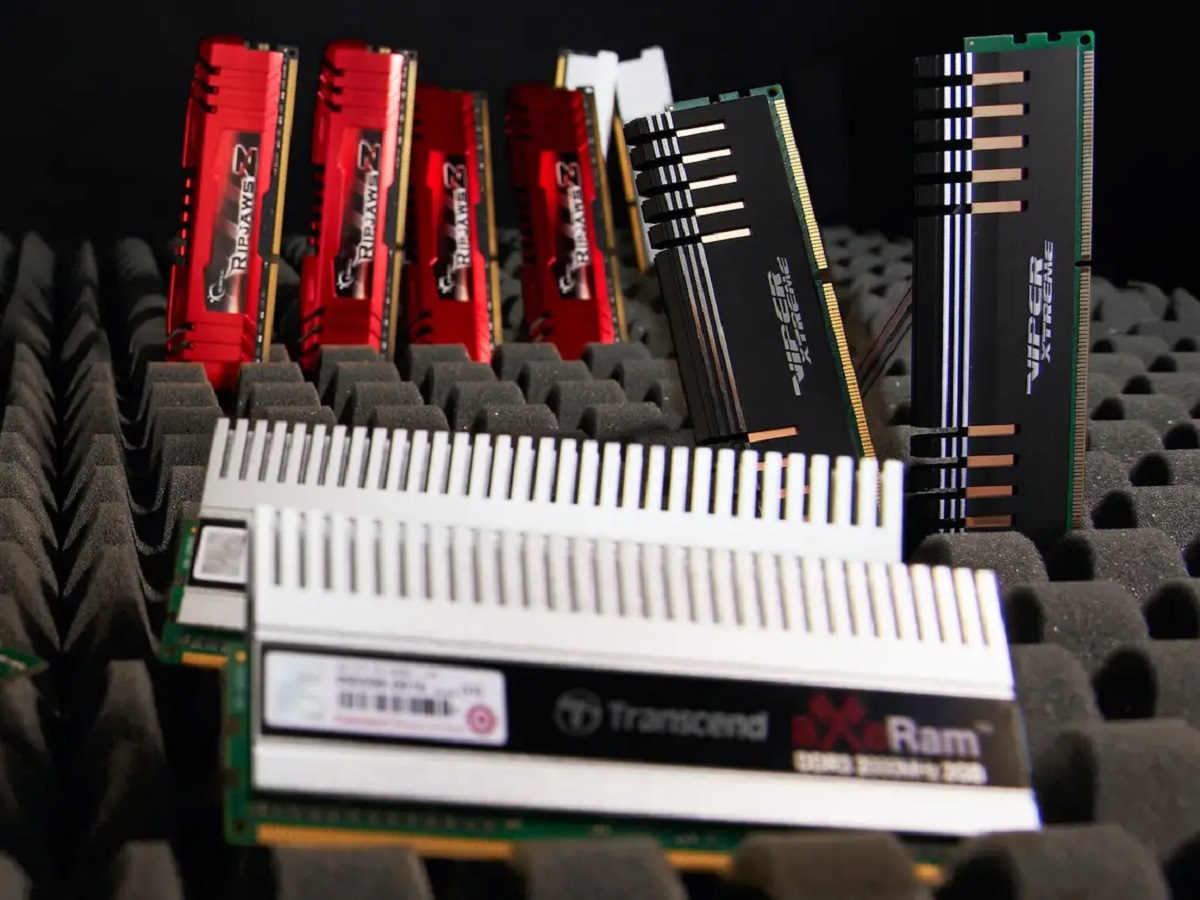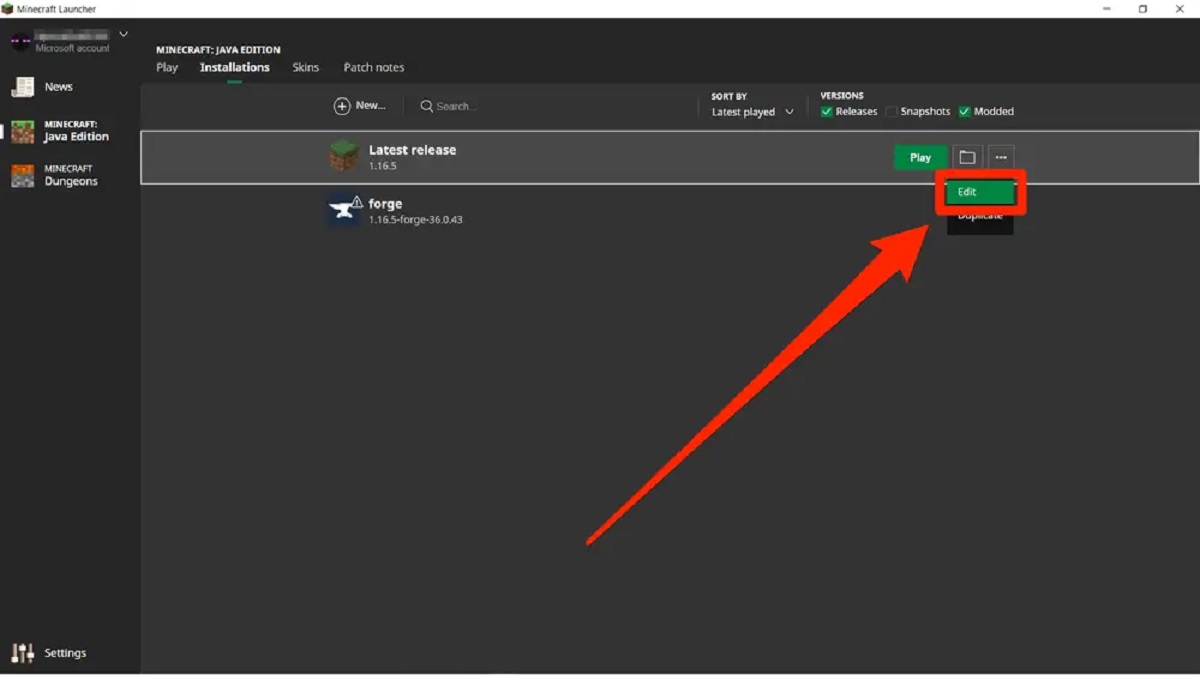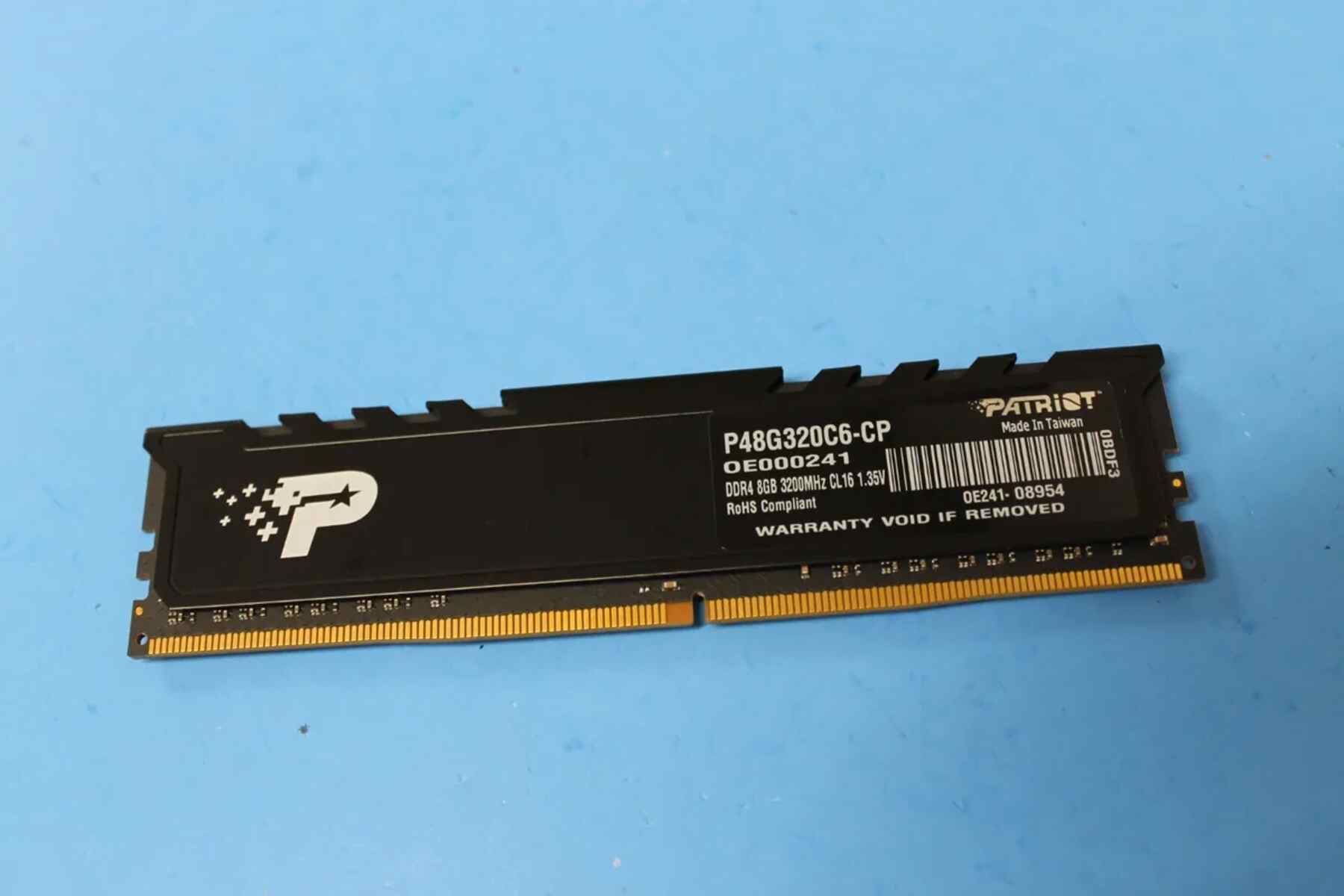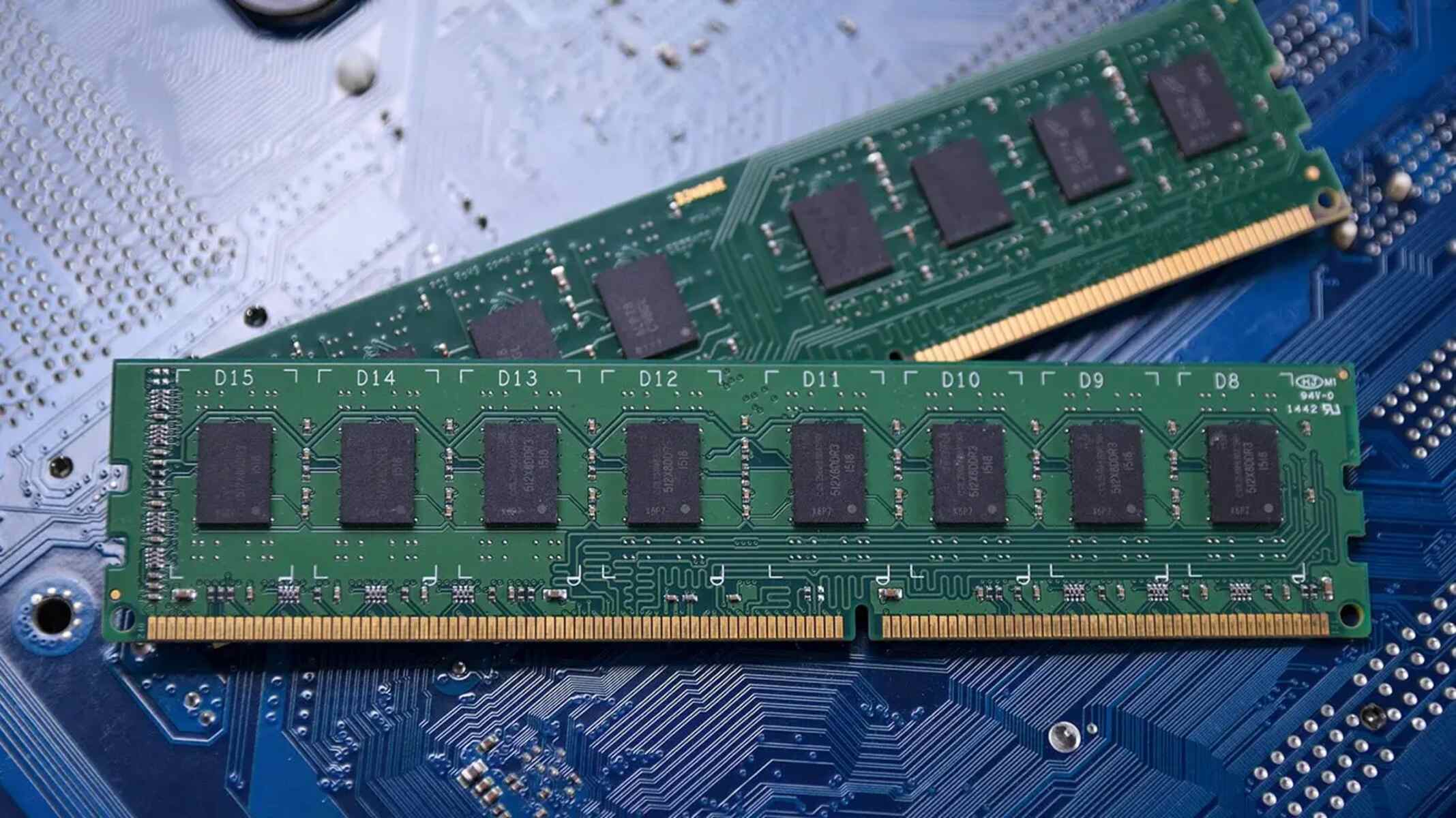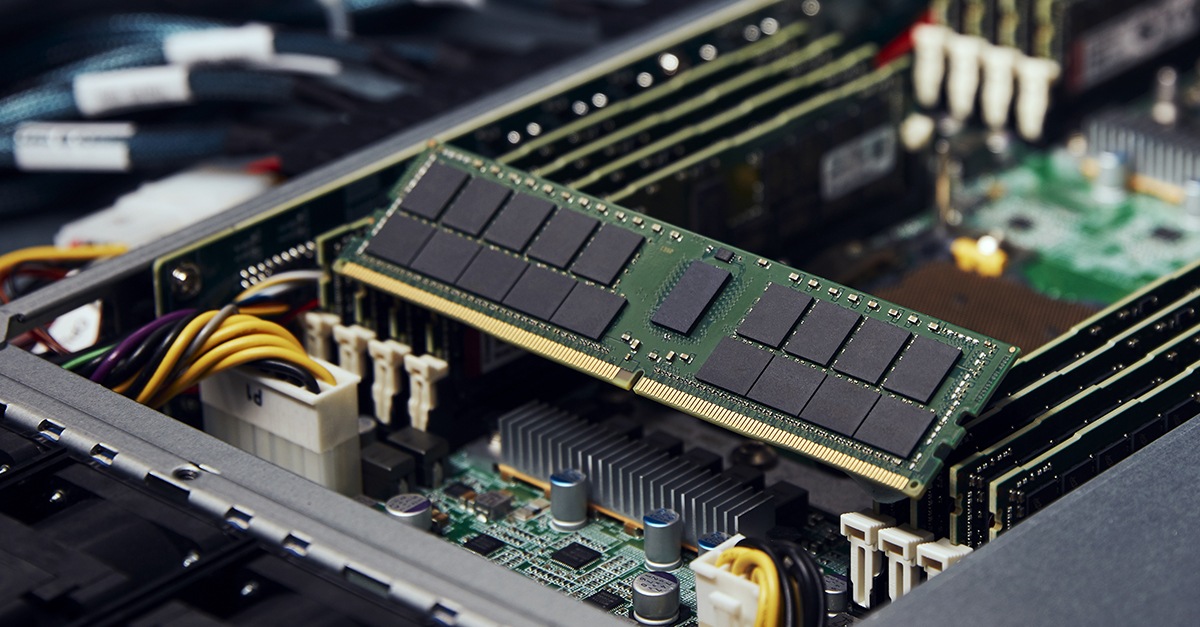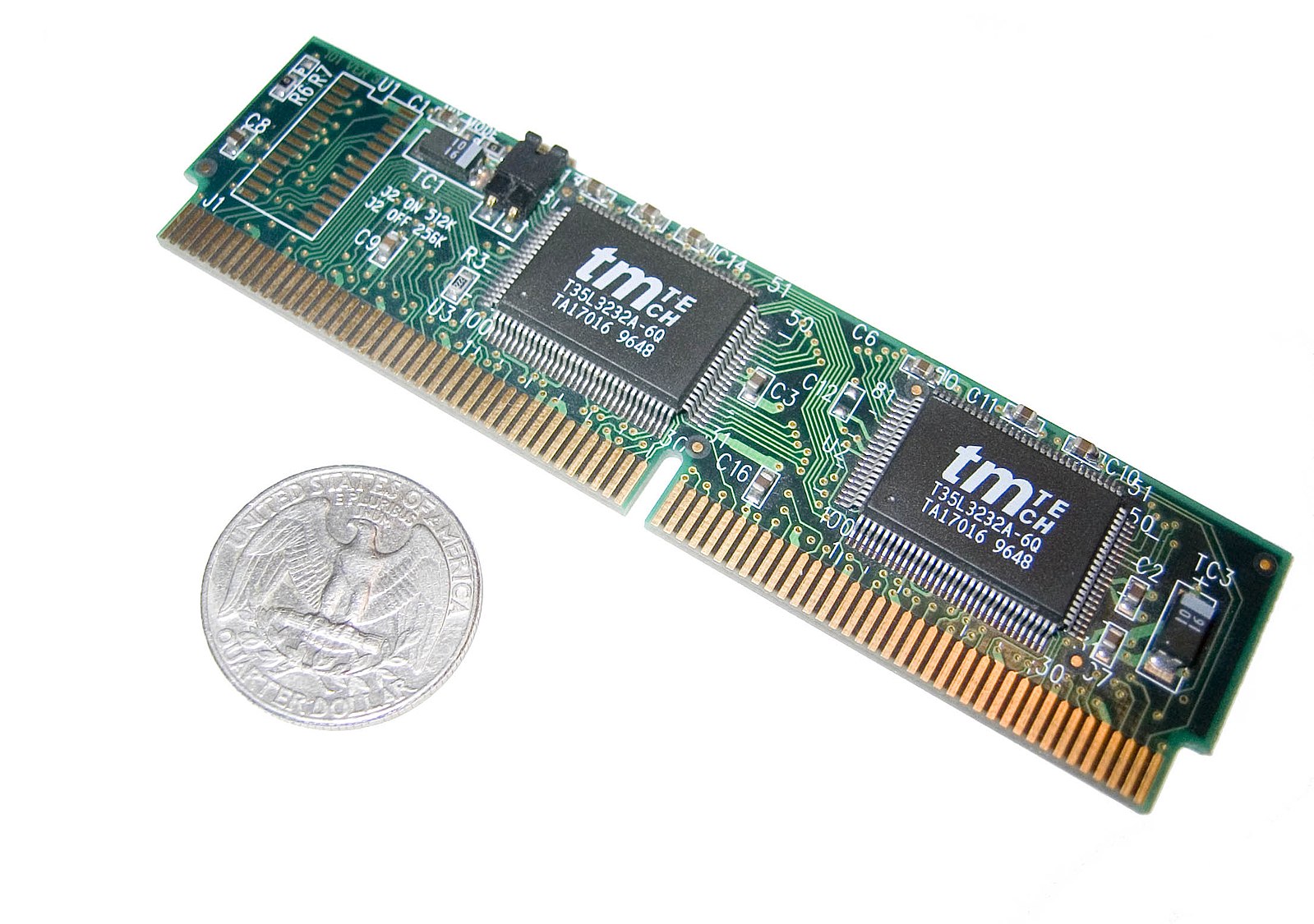Introduction
Welcome to the world of web servers, where high-performance and reliable websites are powered by various hardware components, including RAM. RAM, short for Random Access Memory, plays a crucial role in determining the efficiency and responsiveness of a web server.
When it comes to running a web server, having the right amount of RAM is of utmost importance. It ensures that your server can handle incoming requests, process database queries, cache web pages, and run applications smoothly. Inadequate RAM can lead to sluggish performance, server crashes, and even website downtime.
In this article, we will delve into the significance of RAM for web servers and discuss the factors to consider when determining the appropriate amount of RAM for your server. We will also cover strategies for optimizing RAM usage and planning for future scalability.
Whether you are setting up a new web server or evaluating the existing hardware resources, understanding the role of RAM and making informed decisions about its allocation will greatly contribute to the overall performance and success of your website.
Understanding RAM and its Importance for Web Servers
RAM, or Random Access Memory, is a vital component of a web server that contributes significantly to its performance and efficiency. It is a type of computer memory that stores data that is actively being used by the server’s operating system, applications, and website files.
When a web server receives a request from a user, it needs to access and process various resources to deliver a response. These resources may include HTML files, CSS stylesheets, JavaScript scripts, images, videos, and database entries. RAM plays a critical role in providing quick and efficient access to these resources, allowing the server to respond rapidly and ensure a seamless user experience.
One of the primary reasons RAM is essential for web servers is its ability to cache frequently accessed data. When a web page is accessed multiple times, the server can store the HTML, CSS, and JavaScript files in RAM, reducing the need to retrieve them from the disk on subsequent requests. This caching mechanism significantly improves the page load times and reduces server load, enabling the server to handle an increased number of concurrent users.
Moreover, RAM enables the server to efficiently manage and process database queries. Databases play a vital role in dynamic websites, storing and retrieving data as requested. By storing frequently used data and query results in RAM, the server can accelerate the processing of requests, reducing the latency for end-users and improving overall performance.
When a web server runs out of RAM, it relies on disk-based virtual memory, which is significantly slower. This can lead to performance bottlenecks, increased response times, and even server crashes. Therefore, having an adequate amount of RAM ensures that the server can handle a higher number of concurrent connections, process requests faster, and deliver a smooth and responsive browsing experience to users.
In conclusi… Oops! Sorry about that. To summarize, RAM is a critical component of a web server that allows for efficient data access, caching, and processing. It plays a vital role in delivering a fast and reliable website experience to users. In the next section, we will explore the factors to consider when determining the appropriate amount of RAM for a web server.
Factors to Consider when Determining RAM Requirements for a Web Server
When determining the RAM requirements for a web server, several factors need to be taken into consideration. The optimal amount of RAM depends on the specific requirements of your website, the expected traffic, and the types of applications running on the server. Let’s explore some key factors to consider when determining your RAM requirements:
- Website Traffic: The amount of RAM needed is directly related to the number of concurrent visitors your website receives. Higher traffic usually requires more RAM to handle the increased load and ensure smooth performance.
- Website Complexity: Consider the complexity of your website and the resources it utilizes. Websites with dynamic content, extensive media files, and complex scripts will require more RAM to process and serve those resources efficiently.
- Content Management System (CMS): If you’re using a CMS like WordPress or Drupal, take into account the RAM requirements of the CMS itself, as well as any plugins or themes you’re using. Some CMSs and resource-intensive plugins may require more RAM to function optimally.
- Database Usage: If your website relies heavily on database operations, such as storing and retrieving data, consider the RAM requirements for the database server. Allocating sufficient RAM for caching frequently accessed data can greatly enhance performance.
- Application Requirements: Take into account the RAM requirements of any server-side applications or frameworks you’re using. These applications may have specific recommendations for the optimal amount of RAM to ensure smooth operation.
- Operating System: Consider the RAM requirements of the operating system running on your server. Different operating systems have different RAM footprints, and you need to allocate enough RAM for the operating system to function smoothly alongside your website and applications.
- Predicted Growth: Factor in your future growth plans when determining your RAM requirements. If you anticipate a significant increase in traffic or website complexity in the near future, it is wise to allocate additional RAM to accommodate for this growth.
By carefully considering these factors, you can determine the appropriate amount of RAM needed for your web server. It’s important to remember that these requirements may vary from one website to another, so it’s crucial to analyze your specific needs and make informed decisions based on your unique circumstances.
In the next section, we will discuss how to assess resource usage and estimate the RAM needs of your web server based on these requirements.
Assessing Resource Usage: Analyzing the Workload
Before determining the RAM needs of your web server, it’s important to assess the resource usage and analyze the workload your server will handle. By understanding how your website and applications utilize resources, you can make more accurate estimations. Here are some steps to help you assess resource usage:
- Monitor Current Usage: Start by monitoring the resource usage of your existing web server. Utilize server monitoring tools to track the CPU, RAM, and disk usage over a period of time. This will give you insights into the average and peak resource consumption.
- Analyze Peak Usage: Identify the peak usage periods where the server experiences the highest resource consumption. This could be during specific days, times, or events such as promotional campaigns or product launches. Analyzing peak usage helps you allocate enough RAM to handle the spikes in traffic and resource demands.
- Identify Resource-hungry Processes: Identify the processes or applications that consume the most resources on your server. This could include content management systems, database servers, caching systems, or custom scripts. Determine the RAM usage of each process and assess their impact on overall server performance.
- Benchmark with Load Testing: Conduct load testing on your website to simulate different traffic scenarios and analyze resource usage. Load testing tools can help you identify bottlenecks and measure the server’s response time under various load conditions. This information is valuable in determining the RAM needs of your web server.
- Consider Traffic Patterns: Take into account the traffic patterns of your website. Analyze the number of concurrent users, page views per second, and any significant variations in traffic throughout the day. This data will help you estimate the RAM required to handle the expected workload.
By thoroughly assessing your resource usage and analyzing the workload, you can make informed decisions about the amount of RAM your web server needs. The data collected during this process will serve as a foundation for estimating your RAM requirements and optimizing the server’s performance.
In the next section, we will explore how to estimate the RAM needs of your web server based on the resource requirements identified in the previous steps.
Estimating RAM Needs based on Resource Requirements
Once you have assessed the resource usage and workload of your web server, you can proceed to estimate the RAM needs based on the identified requirements. Estimating the RAM requirements involves considering the resource-hungry processes, traffic patterns, and potential growth. Here’s how you can estimate the RAM needs for your web server:
1. Evaluate RAM Usage by Resource-hungry Processes: Start by identifying the processes or applications that consume the most RAM on your server. Determine the RAM usage of each process and calculate the total RAM required to run them simultaneously. This will help you identify any potential bottlenecks and allocate sufficient RAM to handle these resource-intensive tasks.
2. Factor in Traffic Patterns: Analyze the traffic patterns of your website to estimate the RAM needed to handle peak traffic. Consider the number of concurrent users, page views per second, and any significant variations in traffic throughout the day. This will allow you to allocate enough RAM to accommodate the server’s workload during high-traffic periods.
3. Account for Database Usage: If your web server relies heavily on database operations, consider the RAM requirements for the database server. Allocate enough RAM for caching frequently accessed data and optimizing database performance. This will help reduce the number of disk-based queries and improve the overall responsiveness of the server.
4. Plan for Future Growth: Take into account your future growth plans when estimating RAM needs. If you anticipate an increase in traffic or the addition of new features that may require more resources, it’s wise to allocate extra RAM to ensure scalability and avoid potential performance issues down the line.
5. Utilize System Monitoring Tools: Implement system monitoring tools to continuously monitor the server’s resource usage. These tools provide real-time data on the CPU, RAM, and disk usage, allowing you to identify any resource limitations and adjust the RAM allocation accordingly.
By considering the resource requirements of your web server, traffic patterns, database usage, and future growth plans, you can estimate the RAM needs more accurately. It’s important to periodically review and reassess these estimations to ensure your server continues to operate efficiently as your website evolves.
In the next section, we will discuss scaling considerations and how to plan for future growth when it comes to RAM allocation for your web server.
Scaling Considerations: Planning for Future Growth
When determining the RAM requirements for your web server, it’s crucial to consider scaling considerations and plan for future growth. As your website expands and attracts more visitors, it’s important to ensure that your server can handle the increased workload efficiently. Here are some factors to consider when planning for future growth:
1. Scalability: Ensure that your web server architecture is designed for scalability. This includes having a scalable infrastructure that allows you to easily increase the resources, including RAM, as your website grows. Consider using cloud hosting services or virtualization technologies that provide flexibility in adding or removing resources based on demand.
2. Future Traffic Projections: Estimate the anticipated growth of your website’s traffic and project future traffic patterns. Analyze historical data and market trends to gauge the potential increase in visitor numbers. This information is crucial in determining the additional RAM required to handle the expected growth without sacrificing performance.
3. Application and Content Updates: Consider the implementation of new features, updates to your website’s design, and the addition of multimedia content. These changes may increase resource demands and require additional RAM to maintain optimal performance. Monitoring resource usage during testing and rollouts will help you identify any shortages and adapt your RAM allocation accordingly.
4. Load Balancing: Implement load balancing mechanisms to distribute traffic across multiple servers. Load balancing helps in handling increased traffic and minimizes the strain on individual servers. By distributing workload, you can allocate resources, including RAM, more effectively and ensure reliable performance under high demand scenarios.
5. Regular Performance Assessments: Regularly assess the performance and resource utilization of your web server. This includes monitoring RAM usage, CPU usage, response times, and other performance metrics. By identifying any performance bottlenecks or areas of improvement, you can strategically allocate additional RAM or optimize existing resources to maintain optimal performance as your website grows.
By proactively planning for future growth and implementing scalability measures, you can ensure that your web server can handle increasing traffic and resource demands. Regular evaluations and optimizations will help you stay ahead of performance issues and provide a seamless experience for your website visitors.
In the next section, we will provide some tips for optimizing RAM usage on a web server to enhance performance and efficiency.
Tips for Optimizing RAM Usage on a Web Server
Optimizing RAM usage on a web server is vital for maximizing performance, ensuring efficient resource allocation, and maintaining a smooth user experience. Here are some tips to help you optimize RAM usage:
1. Minimize Plugin and Module Usage: Review and evaluate the plugins and modules used on your website. Disable or remove any unnecessary or redundant ones that consume excessive RAM. Limiting the number of plugins and modules reduces the strain on the server’s memory.
2. Optimize Script Execution: Optimize the execution of scripts and server-side applications to reduce their memory footprint. Analyze and refactor your code to eliminate any memory leaks or unnecessary resource usage. Implement caching mechanisms to reduce the need for repeated execution of resource-intensive tasks.
3. Enable Compression: Enable compression techniques such as Gzip for your web server to reduce the size of transmitted data. Compressed data requires less RAM to store, resulting in improved overall performance and reduced bandwidth usage.
4. Utilize Browser Caching: Leverage browser caching mechanisms to store static resources locally on users’ devices. This reduces the server’s load and RAM usage by offloading resource delivery to the browser. Set appropriate cache headers and expiration times to ensure efficient use of RAM.
5. Configure Database Caching: Configure your database server to utilize caching mechanisms effectively. Enable query caching and store frequently accessed data in memory to reduce the need for disk-based queries. Properly sizing the database cache can significantly improve performance and minimize the server’s RAM requirements.
6. Optimize Image Sizes: Compress and optimize images to reduce their file size without sacrificing quality. Large image files consume more memory when loaded on the server and in users’ browsers. Implement image optimization techniques, such as lazy loading and responsive image delivery, to reduce RAM usage and enhance website performance.
7. Regularly Clear Cache: Clear unnecessary cache files to free up RAM. Monitor the size and growth of your cache directory and implement automated processes to regularly clear outdated or unused cache files. This helps ensure that your server’s RAM is utilized efficiently.
8. Fine-tune RAM Allocation: Continuously monitor and fine-tune the allocation of RAM on your web server. Adjust the RAM allocation based on resource usage patterns, peak traffic times, and any changes made to the website or applications. Regularly review and optimize RAM allocation to ensure optimal performance.
By implementing these tips, you can optimize RAM usage on your web server, improve performance, and ensure efficient resource allocation. Regular monitoring and optimization are key to maintaining optimal RAM usage as your website evolves and grows.
In the final section, we will recap the key points covered in this article regarding RAM requirements for web servers.
Conclusion
In this article, we have explored the importance of RAM for web servers and discussed the factors to consider when determining the appropriate amount of RAM. RAM plays a critical role in ensuring smooth server performance, efficient resource allocation, and a seamless user experience.
We learned that understanding the resource usage, analyzing the workload, and estimating RAM needs based on requirements are essential steps in determining the optimal amount of RAM for a web server. By considering factors such as website traffic, complexity, database usage, and future growth, we can make informed decisions and allocate sufficient RAM to handle the server’s workload.
We also discussed the importance of planning for future growth and scalability, taking into account traffic projections, application updates, and load balancing. By implementing scalability measures, regularly assessing performance, and optimizing RAM usage, we can adapt to the evolving demands of our websites and ensure optimal performance even during periods of increased traffic or resource usage.
Finally, we provided tips for optimizing RAM usage on a web server, including minimizing plugin usage, optimizing script execution, enabling compression and caching, and fine-tuning RAM allocation. These tips can help maximize performance, reduce resource consumption, and enhance overall efficiency.
With the knowledge and understanding gained from this article, you are now equipped to make informed decisions about RAM requirements for your web server. By ensuring that your server has the appropriate amount of RAM and optimizing its usage, you can provide a reliable, high-performing website experience to your users.









